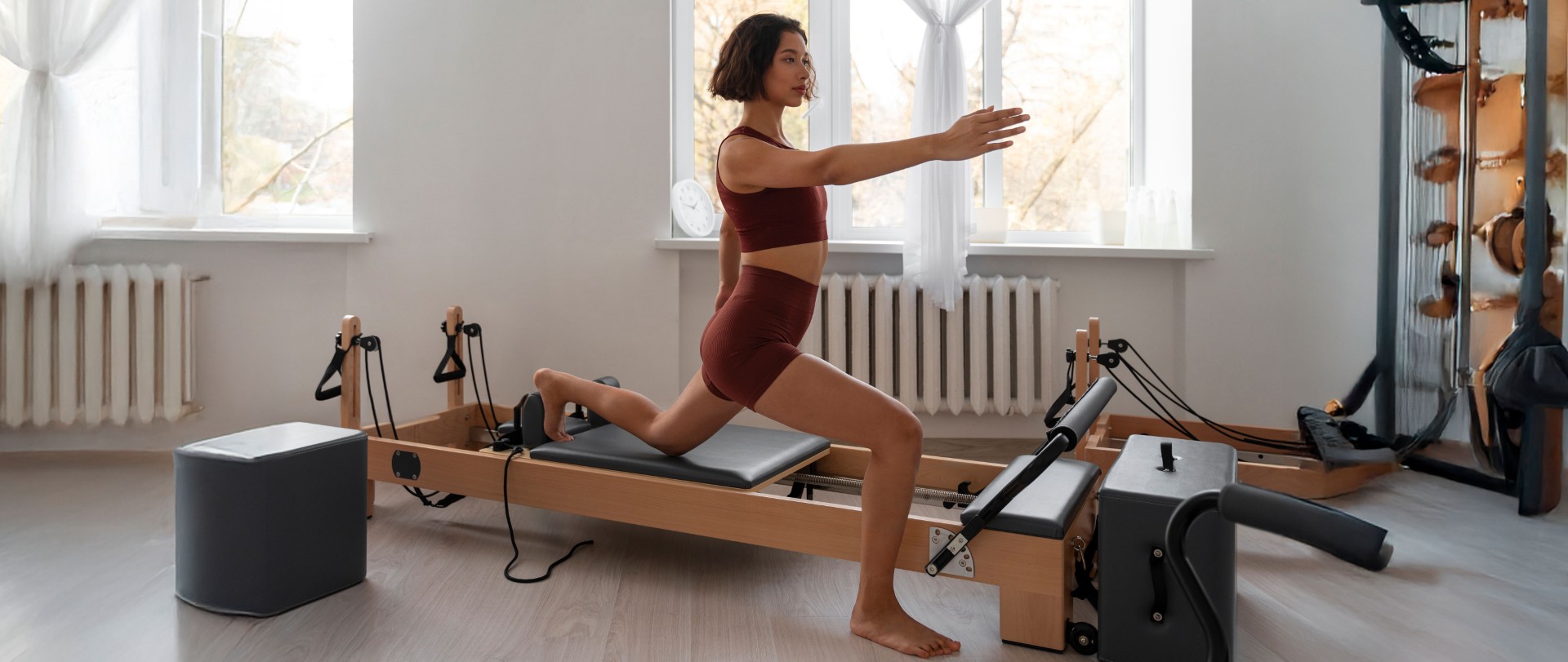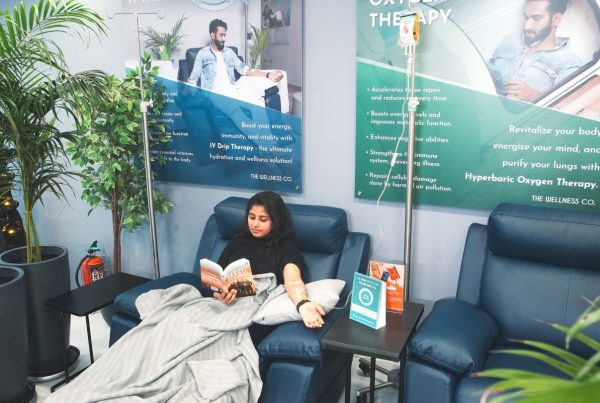Have you ever noticed yourself hunching over your desk or having a sore back at the end of a long day? You are not by yourself. In our busy lifestyles, particularly in the Indian metros, our bodies often suffer the consequences of long commutes to work, desk jobs, and continuous screen time. In comes Pilates exercise—a holistic method that is much more than just exercise. It truly is a life-changing experience, both physically and mentally. So, how can this centuries-old process transform your posture, increase flexibility, and lead to mental peace? Let us find out.
Understanding the Foundation of Pilates
Developed by Joseph Pilates in the early 20th century, this method focuses on controlled movements, breathwork, and mindful engagement. Unlike high-impact workouts, Pilates emphasises precision over power. It targets your “powerhouse”—the deep core muscles—while integrating the whole body. Think of it as a conversation between your muscles and mind, where every movement is intentional. No fancy equipment is needed initially; just a mat and your commitment.
Posture Perfection: Strengthening Your Core and Alignment
Poor posture isn’t just about rounded shoulders; it can lead to back pain, reduced lung function, and even low energy. For many Indians, habits such as hunching over laptops or craning their necks while scrolling exacerbate these issues.
How Pilates Helps?
Pilates directly tackles posture by strengthening the often-neglected transverse abdominis (your body’s natural corset) and spinal stabilisers. Exercises like the “Pelvic Curl” and “Swan Dive” teach your spine to move segmentally, rebuilding alignment from the ground up. Over time, this retrains your body to stand taller effortlessly—whether you’re sitting cross-legged on the floor or navigating a crowded metro. A consistent pilates program ensures these improvements stick, turning good posture into second nature.
Flexibility: Gaining Mobility Without Strain
Forget forcing yourself into complex yoga poses. Pilates enhances flexibility safely by lengthening and strengthening muscles. This dual approach prevents the “stiff-strong” trap many fitness enthusiasts face.
How Pilates Enhances Flexibility
Movements in a pilates class prioritise eccentric contractions (lengthening under tension). For example, the “Mermaid” stretch opens the obliques and lats without compromising joint stability. This is especially valuable for those with sedentary lifestyles or recovering from injuries. Each pilates exercise promotes fluidity, making it ideal for stiff hips or tight hamstrings, common complaints in desk-bound professionals.
Mental Health Benefits: Finding Peace Through Movement
Physical benefits aside, Pilates is a sanctuary for the mind. In a culture where stress is often worn as a badge of honour, this practice offers quiet resistance.
How Pilates Supports Mental Well-being:
The emphasis on diaphragmatic breathing synchronises movement with breath, activating the parasympathetic nervous system (your “rest-and-digest” mode). This reduces cortisol levels and sharpens focus. Exercises require such concentration that external worries fade—even during a challenging “Teaser.” It’s moving meditation; a reset button for anxiety or overwhelm. Plus, mastering a new movement in your pilates program builds resilience that spills into daily life.
Why Pilates Is Accessible to Everyone?
Worried you’re “not flexible enough” or “too old”? Pilates meets you where you are. Modifications make every movement scalable. A pilates for beginners session might use props for support, while advanced practitioners explore reformers. It’s equally beneficial for:
1. Office workers battling tech neck.
2. Athletes prevent injuries.
3. Seniors maintaining mobility.
4. New moms are rebuilding core strength.
Tips to Get Started with Pilates
Ready to give it a try? Here’s how to begin mindfully:
1. Choose the Right Studio
Finding the perfect pilates studio sets the foundation for success. Prioritise spaces with certified, experienced Pilates instructors who prioritise form and safety. Studios like The Wellness Co. excel in this area, offering small group sizes for personalised attention. A skilled instructor tailors each Pilates exercise to your body, ensuring you move correctly to maximise benefits and prevent strain. This supportive environment is crucial, especially for newcomers navigating their first pilates class.
2. Wear Comfortable Clothing
Your outfit matters more than you think! Opt for fitted, breathable fabrics that move with you, not against you. Avoid overly loose clothing that can obscure your form, making it harder for your Pilates instructor to provide alignment cues. Think leggings or shorts and a fitted top. Bare feet are generally preferred for better mat connection, but grip socks are an excellent alternative, especially in shared studio spaces.
3. Start Slow
Resist the urge to jump into advanced sessions. Beginning with a dedicated Pilates for beginners program is essential. These foundational classes introduce core principles, basic mat exercises, and proper breathing techniques at a manageable pace. This builds confidence, reduces the risk of injury, and ensures you understand the “why” behind each movement before progressing. It’s about building a solid base, not instant mastery.
4. Be Consistent
Pilates rewards regularity far more than sporadic intensity. Aim for 2-3 sessions per week within your chosen pilates program. Progress is subtle and cumulative – you’ll likely notice improved ease in daily movements or better posture before seeing dramatic physical changes. Sticking with your pilates class schedule allows your body to integrate the strengthening, lengthening, and neuromuscular re-education effectively over time.
5. Stay Mindful
Pilates is a mind-body practice. Focus intently on the quality of each Pilates exercise, rather than the quantity of repetitions. Precision and control trump speed or force. Actively tune into your breath, synchronising it with your movements as taught in your pilates class. Continuously scan for feedback from your body – notice engagement, alignment, and any areas of tension. This mindful presence maximises benefits and deepens the connection between the mind and body.
A Whole-Body Approach to Wellness
Pilates isn’t just a workout; it’s a lifelong toolkit for achieving a thriving life. By fortifying your posture, liberating your flexibility, and nurturing mental clarity, you can address wellness holistically—body, mind, and breath in harmony. And remember, recovery is key to sustaining this journey. That’s where The Wellness Co. shines. Beyond their expert-led EMS Training Pilates program, they offer EMS training and therapies, including sauna therapy and cryotherapy. These services complement Pilates beautifully, aiding muscle recovery and enhancing overall results. Whether you’re stepping into your first pilates for beginners session or deepening your practice, The Wellness Co. provides a nurturing space to flourish. Why not start your transformation today?




